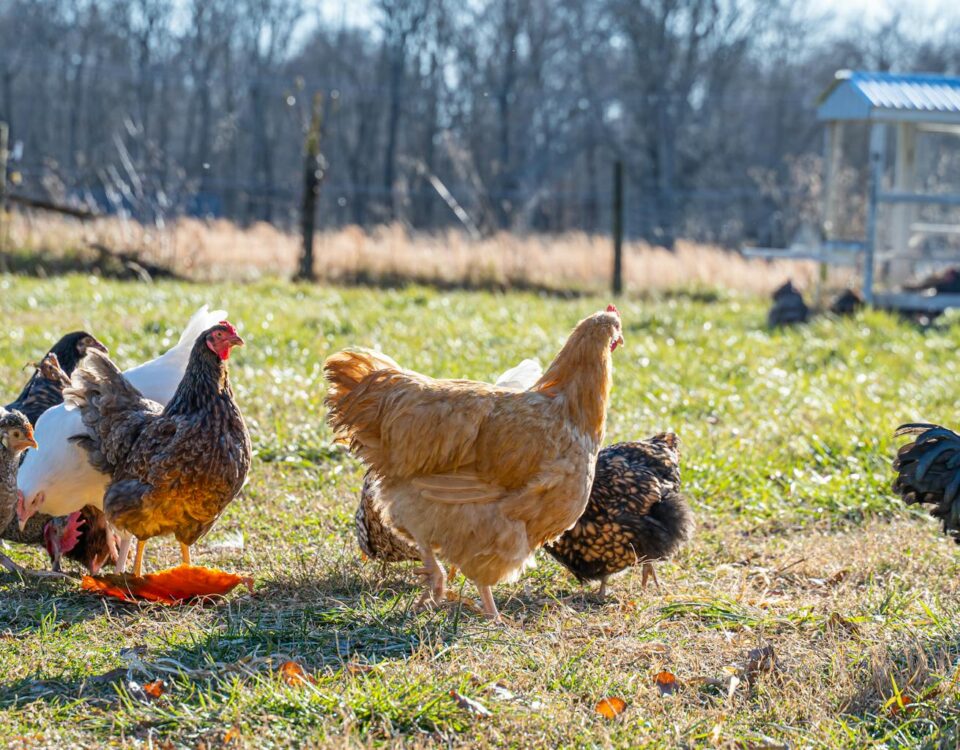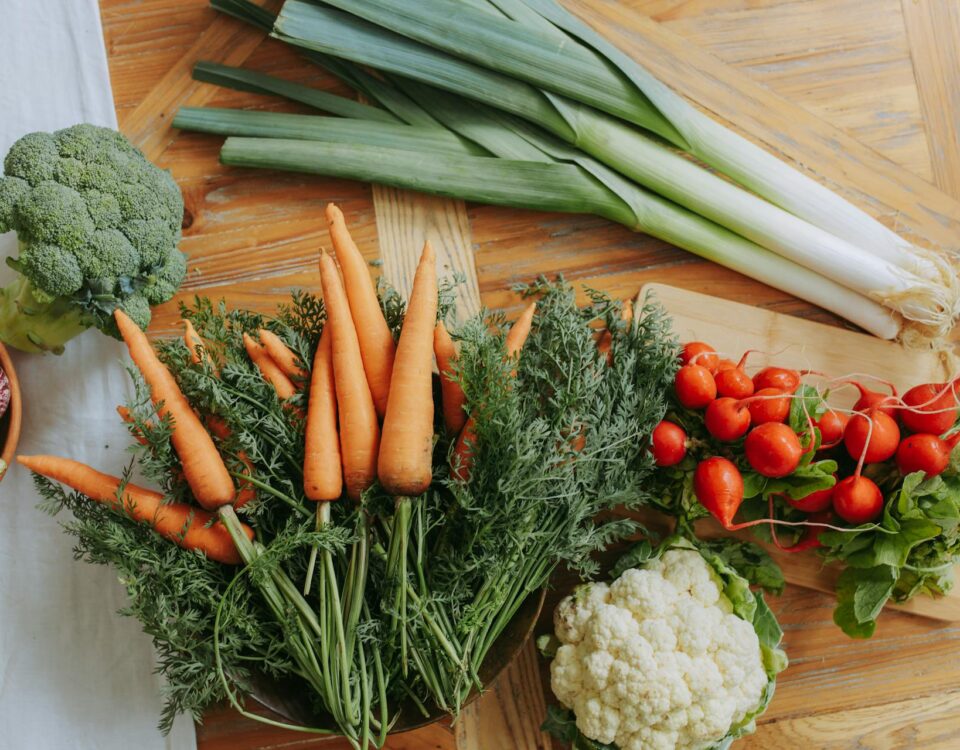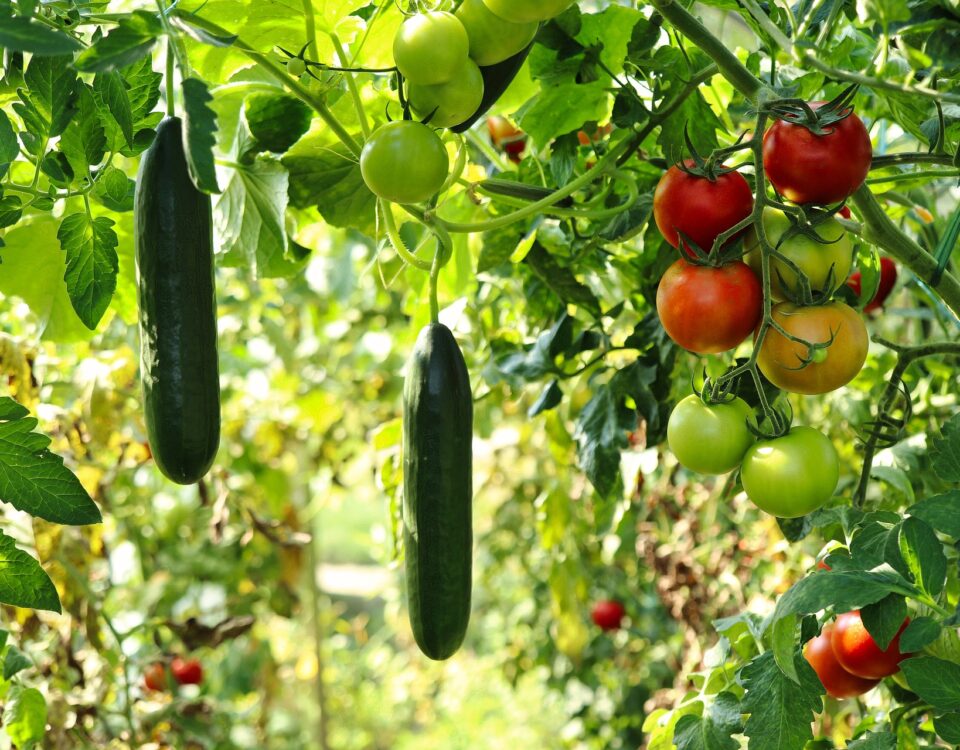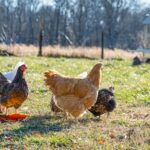
The Economics of Raising Laying Hens
April 9, 2025The Benefits of Adding Trees to Your Yard
Trees add so many benefits to your property and the surrounding environment. Trees enhance curb appeal while increasing property value, they improve air quality by absorbing pollutants and releasing oxygen, and they provide shade, which can lower your energy costs.
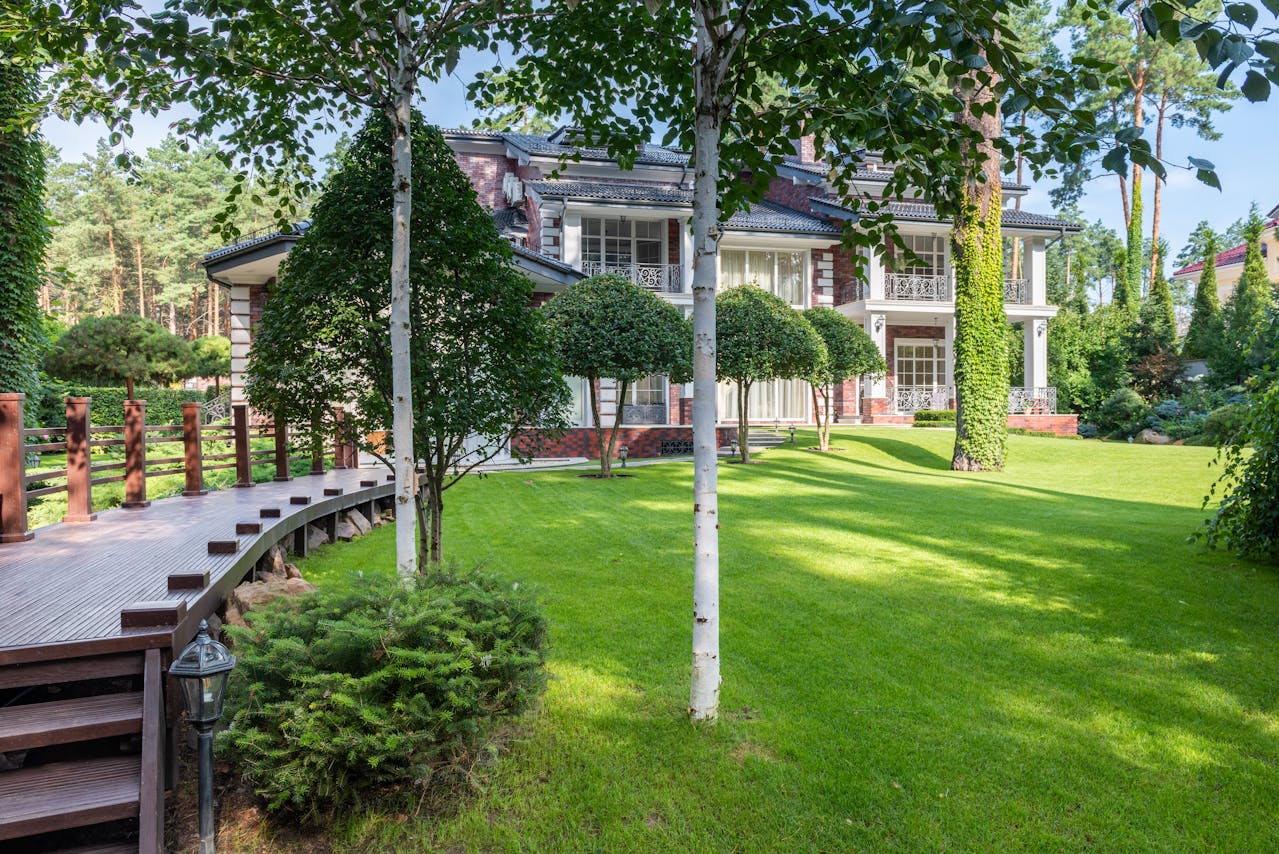
Trees also help regulate water flow, reduce soil erosion, and create a wonderful habitat for wildlife. We discuss some of the benefits of planting trees below. A Chinese proverb says this about planting trees: “The best time to plant a tree was 20 years ago. The second-best time is now.”
Environmental Tree Benefits
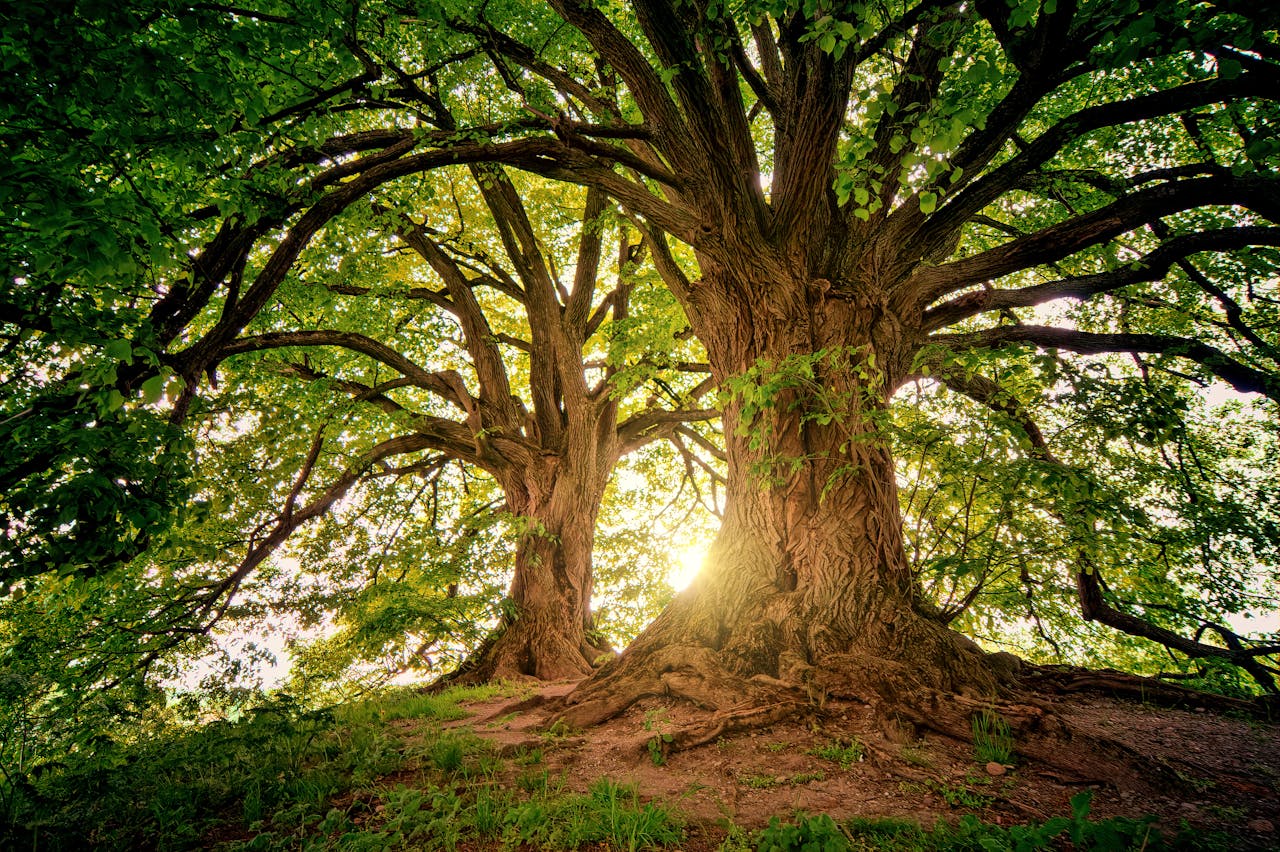
Planting trees on your property provides certain environmental benefits:
- Air Quality: Trees absorb carbon dioxide and other pollutants while releasing oxygen back into the air.
- Water Management: Trees help slow down water runoff, which prevents erosion and flooding.
- Increase Rainfall: Because trees, through transpiration, release water vapor into the atmosphere, which can then condense and form clouds, leading to increased precipitation. This is why reforestation efforts can increase rainfall.
- Enhanced Habitat: Trees provide shelter and food for various wildlife species. Flowering trees bring butterflies and bees to your property and help pollinate plants.
Increase Your Property Value & Curb Appeal
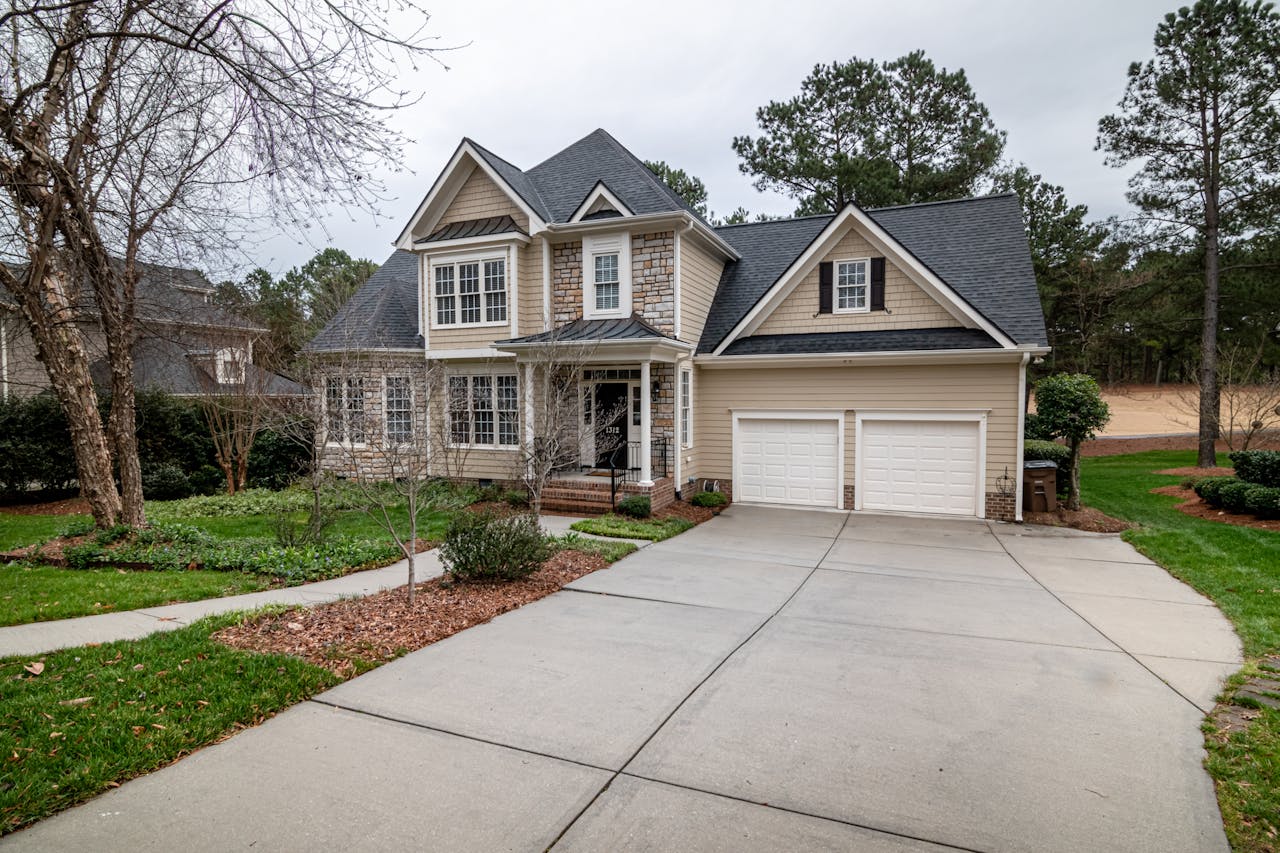
Planting trees around your home and backyard can increase your property value and add curb appeal:
- Increased Property Value: Trees can significantly increase the property value of your home for many reasons.
- Increase Curb Appeal: A well-maintained and landscaped yard can enhance the overall look and feel of your property.
- Decrease Utility Bills: Trees can lower your utility bill by providing shade for your home.
Trees Can Positively Affect Health & Well-being

Trees add to the aesthetics of your home and can help enhance health and well-being. They are a natural way to relax, recharge, and renew your body and spirit:
- Stress Reduction: Studies have shown that being around trees can help reduce stress and improve mental outlook.
- Trees & Swings: Trees offer a perfect place to hang a swing or put a bench to relax or meditate.
- Improved Air Quality: Cleaner air, because of trees, can enhance respiratory health.
- Grounding: Humans these days spend less time outdoors than our ancestors. Trees and the ground beneath them give us a great place to ground and go barefoot. Grounding can help calm our nervous system and lower stress.
Choosing Trees for Your Yard
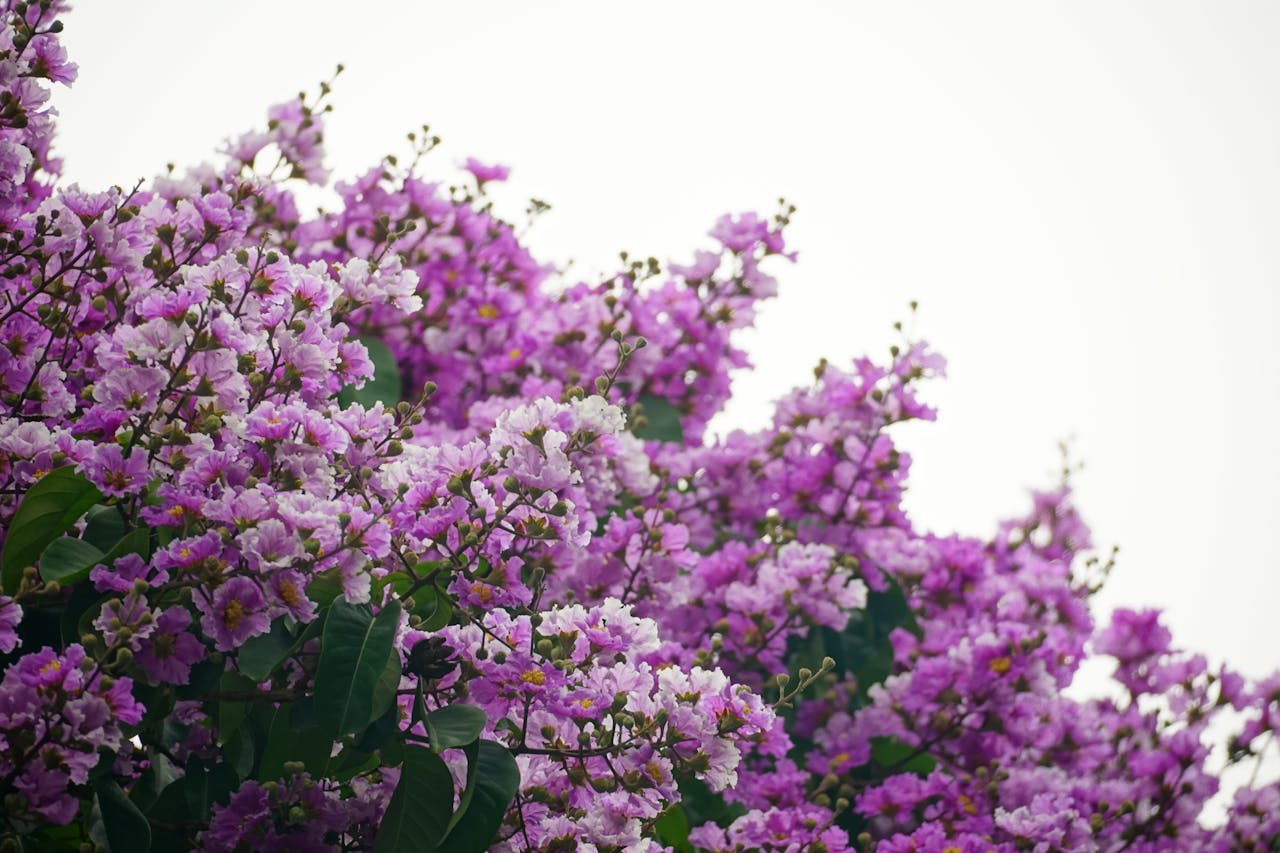
A little planning can help you choose trees that fit your property best and give the most benefits. It’s important to choose trees that are low-maintenance if you don’t want a lot of extra maintenance work. We also take into account trees that won’t damage foundations or driveways. We also list fruit-bearing trees, which add beauty and also decrease your grocery bill.
Low-Maintenance Trees
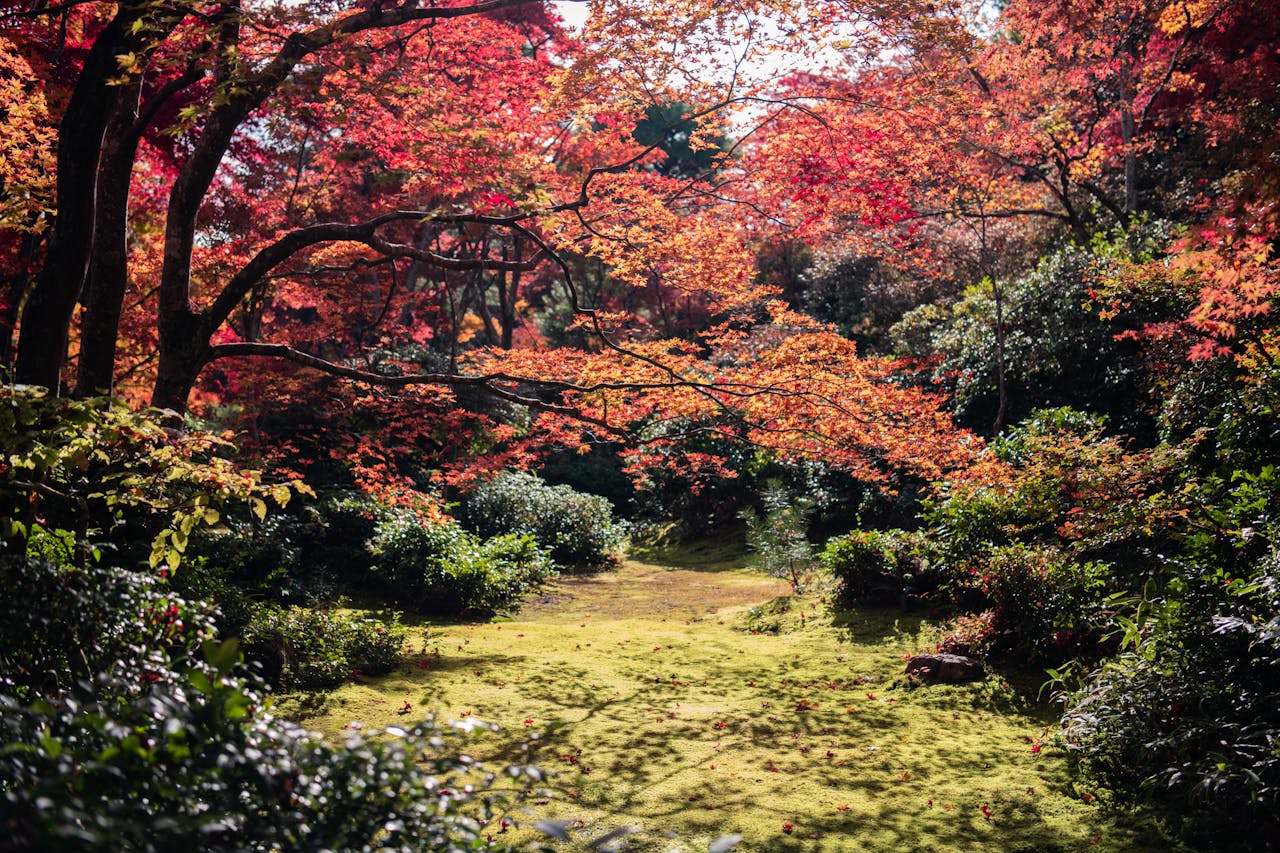
If you don’t want to be a slave to yardwork, planting low-maintenance trees is your best choice. These trees are known for their beauty, adaptability, and minimal care requirements. They also offer year-round interest with varying foliage, blooms, and bark colors.
- Japanese Maple: These trees are popular because of their beautiful foliage and adaptability, thriving in various soil types and light conditions. They offer a full range of colors, from reds and oranges to greens, providing year-round beauty.
- Redbud: Redbuds are well known for their amazing early spring flowers, beautiful foliage, and hardiness. They are a smaller tree, making them good for smaller yards and less prone to requiring frequent pruning.
- Crape Myrtle: Crape myrtles offer a long blooming period with gorgeous flower clusters in various colors, plus attractive foliage and bark. They are also drought-tolerant and thrive in heat and humidity. Crape myrtles come in white, pink, red, and purple varieties.
Foundation-Friendly Tree Varieties
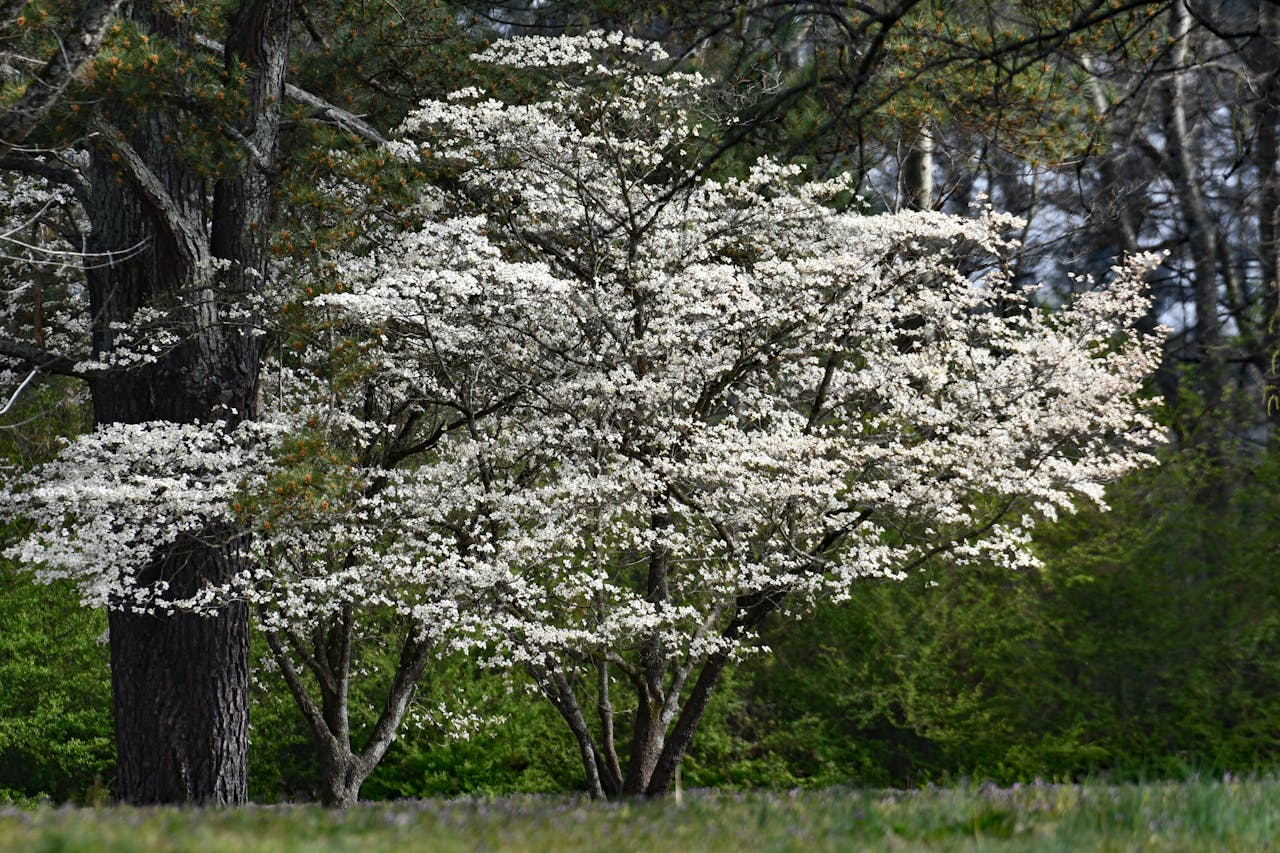
Many people have had experiences with trees ruining foundations or driveways, or worse yet, a tree that seeks out water and damages your septic or sewer system. Trees to avoid include: oaks, poplars, willows, silver maples, and elms. Below, we offer some suggestions on trees that are foundation-friendly:
- Flowering Dogwood: These trees have beautiful spring blooms and can be kept as smaller trees or shrubs, making them suitable for foundation plantings.
- Japanese Maple: Known for their beautiful foliage and relatively non-invasive root systems, they are a popular choice for planting near your house.
- Crabapples: Crabapples can be kept smaller and are excellent for smaller yards.
- Crepe Myrtle: If you want blooms that are long-lasting, this is your tree. Popular for their long-lasting blooms, flexible roots, and ability to tolerate poor soil, they are well-suited for being planted near your home.
- Eastern Redbud; The beauty of the redbud is that it can thrive in partial shade, and it can be trimmed to be a good understory tree.
- Serviceberry: This tree makes a wonderful border tree and does well near foundations.
- Arborvitae: This tree is a classic evergreen with year-round color and structure that lends itself well to be planted near foundations.
Easy-to-Grow Fruit Trees
All fruit trees require some maintenance due to pruning needs. You don’t need a large orchard or extensive gardening experience to grow many fruit trees. Many of the fruits your family likes at the grocery store are pretty easy to grow. We discuss some of the easiest to grow. It’s always good to check your growing zone to make sure which fruit tree varieties grow best in your area.
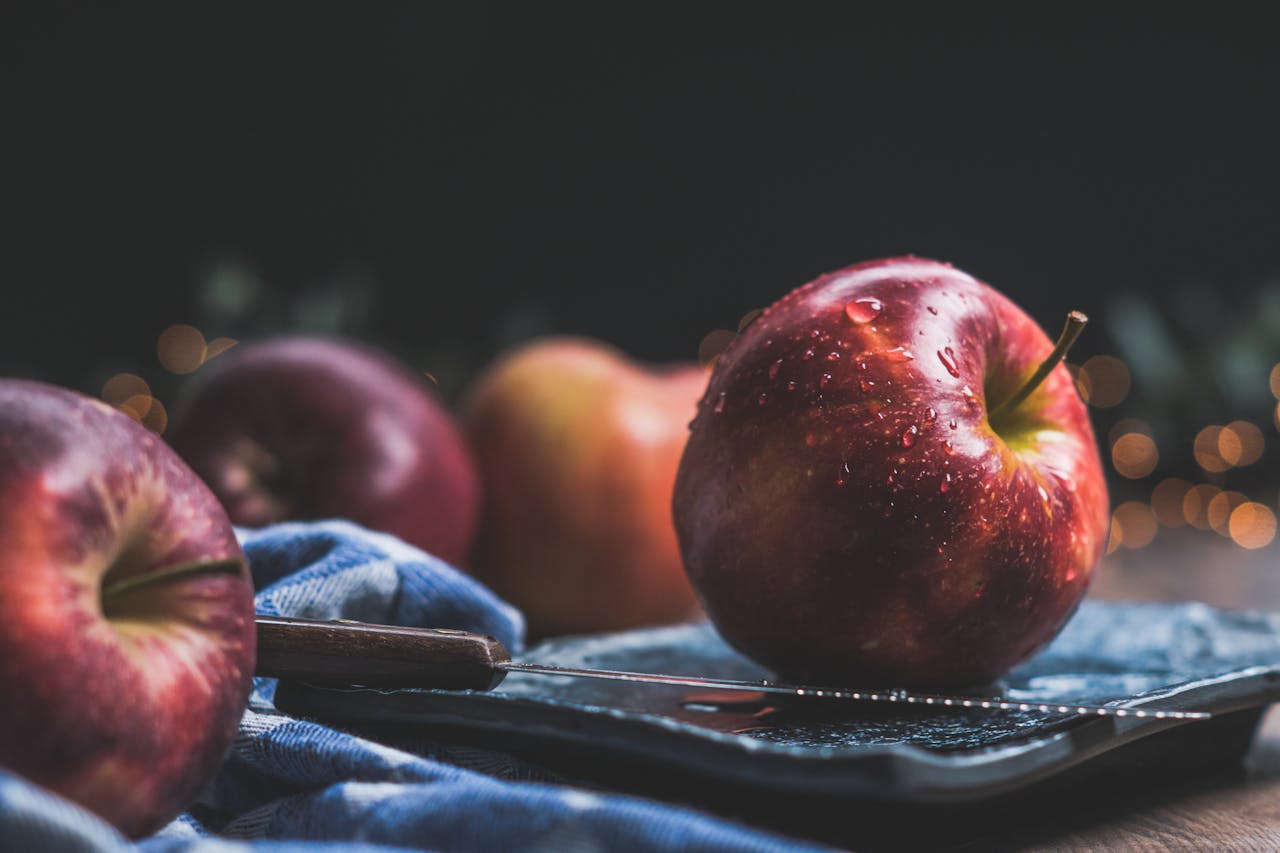
- Apple: If you have a small yard there are many varities of dwarf apple trees that will be a good choice. There3 are more than 7,000 varities of apples trees available all over the world. Apples need full sun and a well-drained soil. Tey grow from 8-40 feet tall. Dwarf varities allow for maintenace with a 6-foot ladder. Best for hardiness zones 4-9.
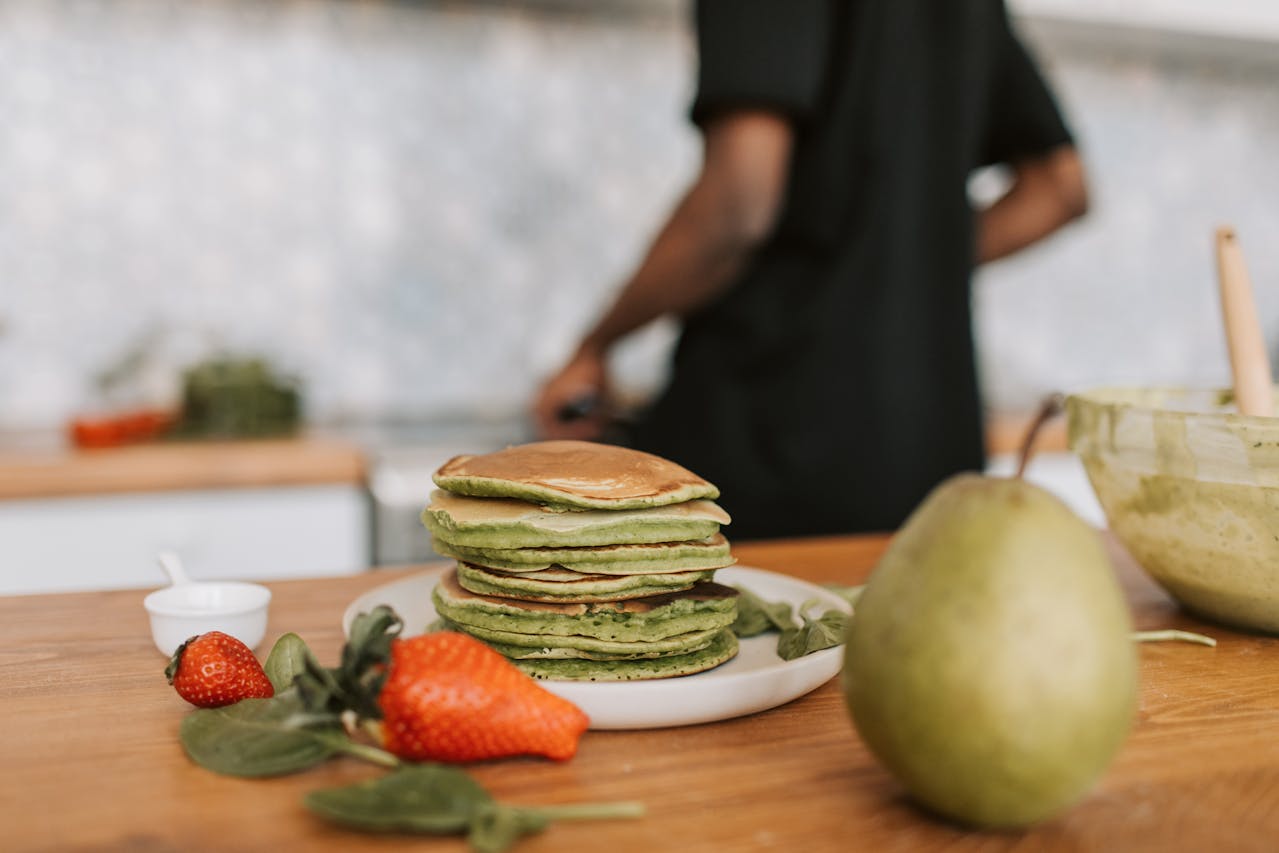
- Pear: Pear trees are some of the easiest fruit trees to grow, and Asian Pears are the easiest. Most pear trees don’t self-pollinate. Therefore, they need to be planted in groups. Make sure to pick a pear variety that works for the chill factor in your area. Pears need full sun and rich, well-drained soil. They grow to be 8-20 feet tall and come in dwarf varieties, too. They are best for hardiness zones 3-10.
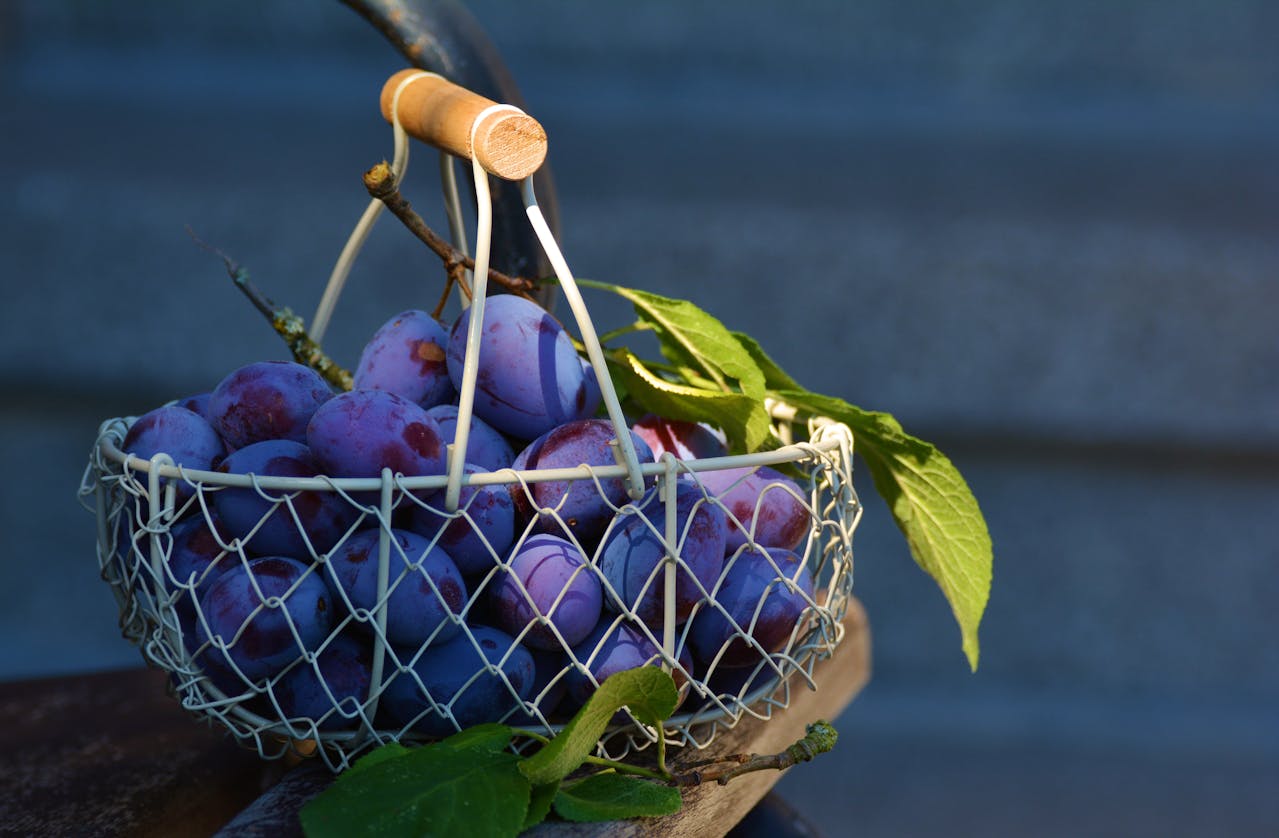
- Plum: Plums are adaptable and easy to grow. They need full sun and rich, well-drained soil. They grow 10-20 feet tall and grow best in hardiness zones 3-9.
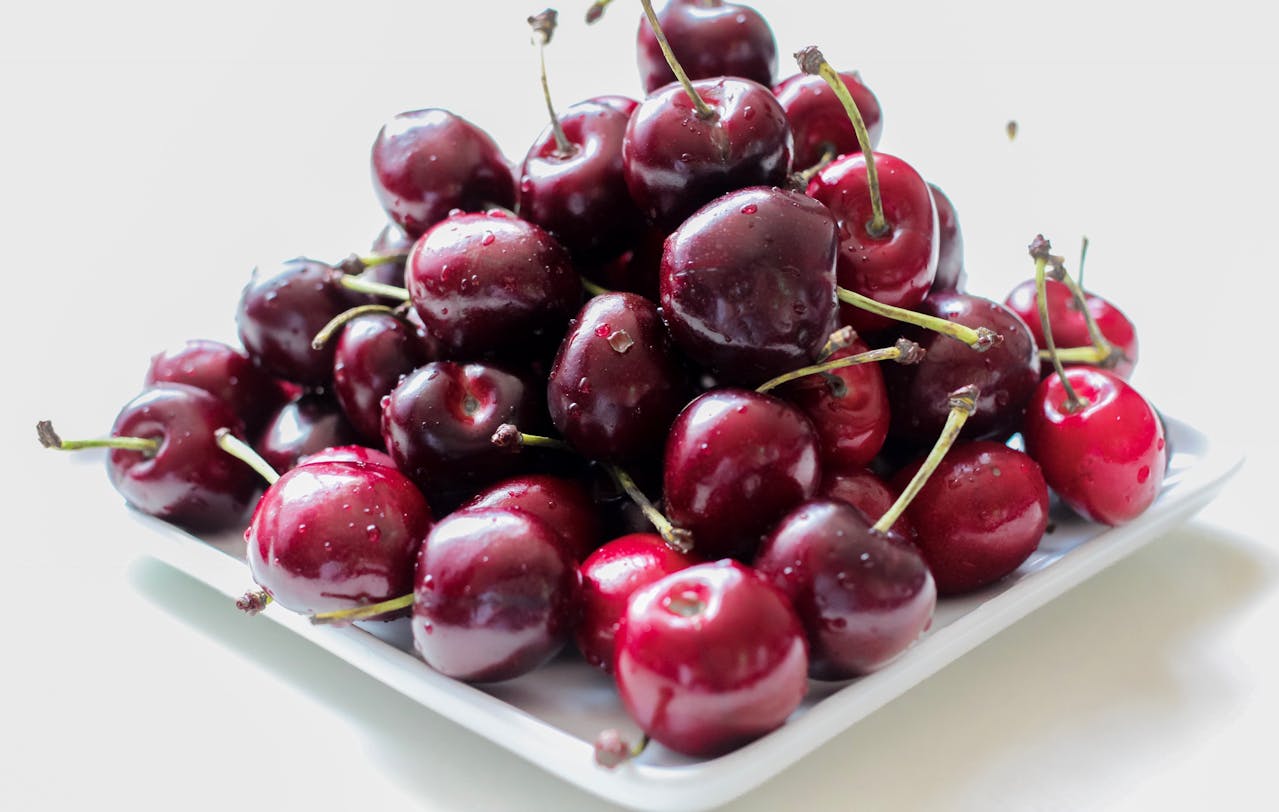
- Cherry: There are two varieties of cherry trees, sweet and tart cherries. Both types of cherries are easy to grow. The more trees you have, the more fruit they produce because they are self-fertile. They need full sun and rich, well-drained soil, and grow to 8-30 feet, and grow best in hardiness zones 4-8.
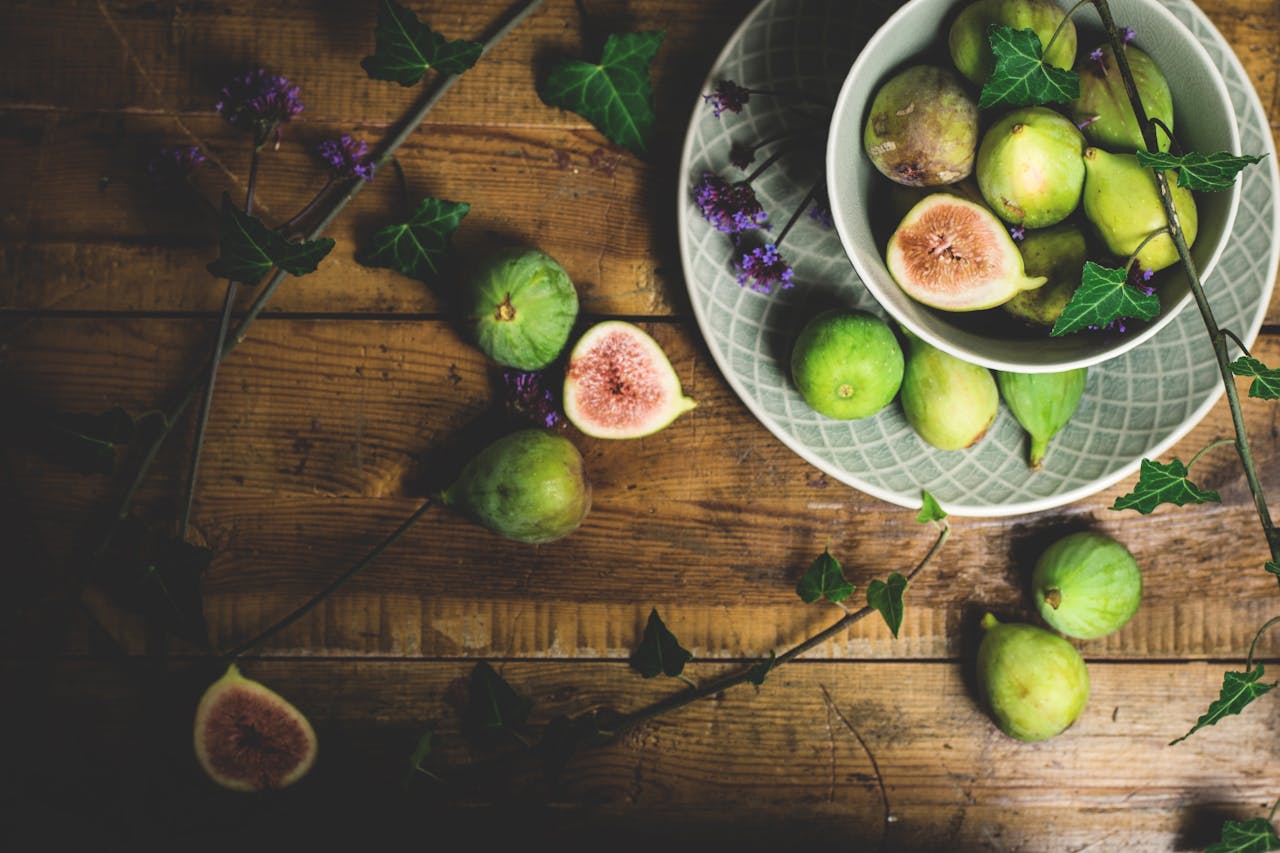
- Fig: Fig trees are pretty adaptable and there are even cold-tolerant varieties. Fig trees can be potted and brought indoors in the winter. Figs like full sun and well-drained rich soil, they grow to 10-30 feet and do best in hardiness zones 5-10.
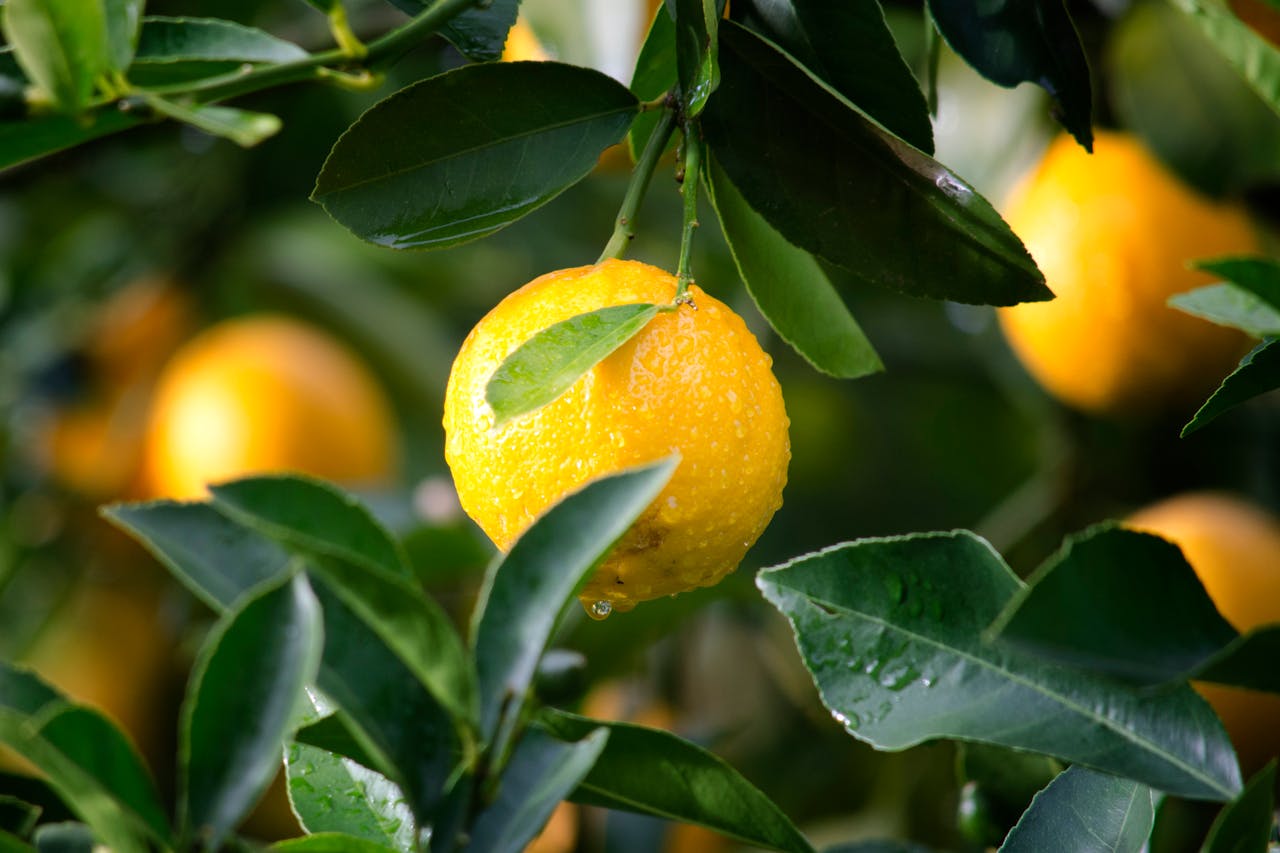
- Citrus: Many citrus trees can be grown in pots and moved inside during cold weather. We get occasional snow where I live, and lemon and orange trees still thrive. Citrus trees like full sun and well-draining, rich soil. They grow to 5-10 feet tall and do best in hardiness zones 8-11.
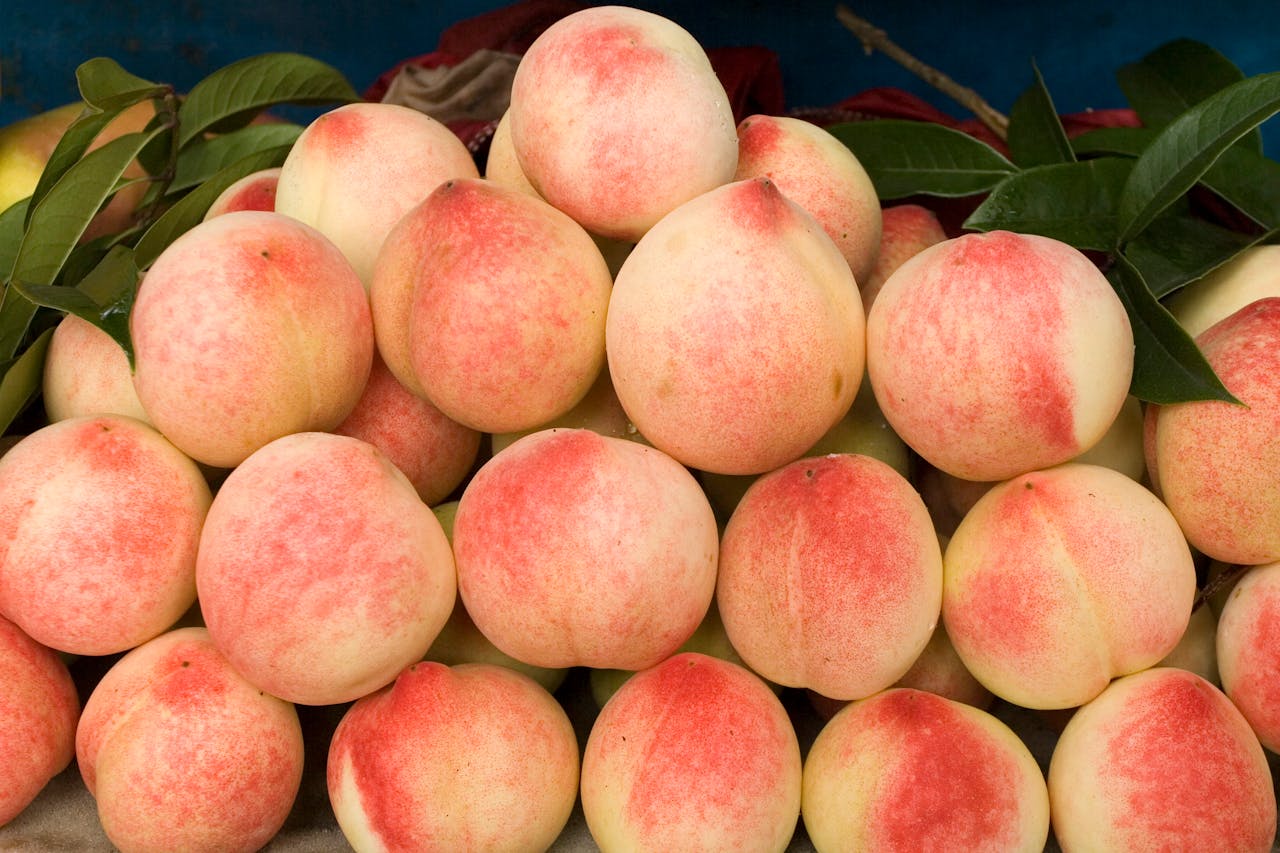
- Peach: Peach trees are easy to grow and are self-pollinating, so you only need one. They like full sun and rich, well-draining soil and grow to 5-25 feet tall. They do best in hardiness zones 4-10.
Planting trees to enhance your home yard or your business landscaping is an easy DIY project. If you are looking to build outdoor buildings this year, be sure to take a look at the new 2025 Shed Windows and More catalog. We have lots of new products to inspire your next DIY project.

